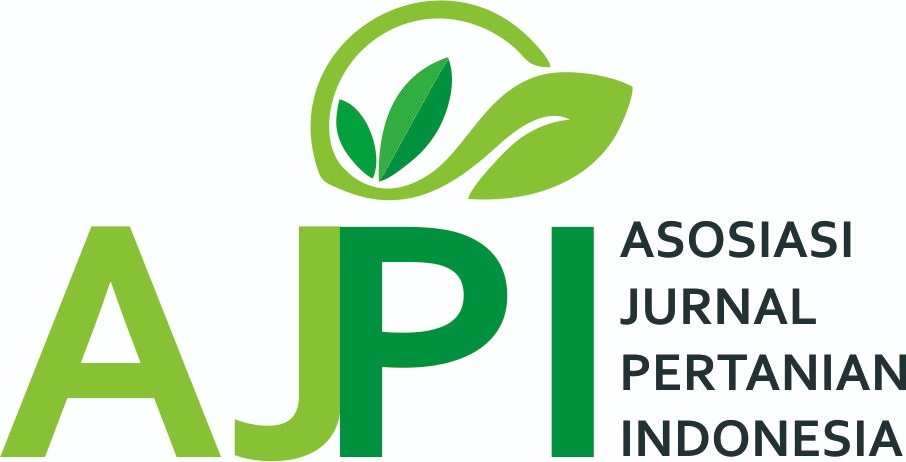Comparative Study of Aromatic and Non-Aromatic Rice Farming in Farmer Groups in Talo Sub-District, Seluma District
Abstract
In general, aromatic rice is included in a special rice class according to geographical indications because its quality and aroma characteristics depend on the region, it cannot be cultivated anywhere (Ministry of Agriculture Number 48 of 2017 concerning special rice). Non-aromatic rice is local rice that is cultivated and used to produce output or results in the form of local rice. On the other hand, aromatic rice farming is not carried out by many farmers, especially farmers in Seluma Regency, in fact there are only a few of them. The aim of this research is to examine comparative aromatic and non-aromatic rice farming in Talo District, Seluma Regency. The determination of the research location was carried out purposively, with the consideration that the research location was a farmer group that was active and continuously cultivated aromatic and non-aromatic rice, namely the Muda Sepakat farmer group and the Seijoan farmer group.
The profit from rice farming in two aromatic and non-aromatic varieties in Talo District, Seluma Regency is that in the aromatic rice business, it can be seen that the average profit received during each planting season is IDR. 20,391,000, while the average profit for non-aromatics in one planting season is IDR. 15,850,500. so the difference in profit between the two varieties is Rp. 4,540,500. Aromatic rice farming is more profitable than non-aromatic rice.
Key words: Comparative; Aromatic; Non Aromatic
Downloads
References
Bachtiar. 2018. Ilmu Usahatani. PT. Penebar Swadaya. Jakarta
Elsera T., Jumali, dan B. Kusbiantoro. 2014. Karakteristik Flavor Beras Varietas Padi Aromatik dari Ketinggian Lokasi yang Berbeda. Penelitian pertanian tanaman pangan. Vol. 33: 27-35.
Gultom, L. S., & Gea, D. Z. (2020). Analisis Agribisnis Kentang (Solanum tuberosum L) Desa: Merek, Kecamatan Merek, Kabupaten Karo, Provinsi Sumatera Utara. Jurnal Darma Agung, 28(2), 178. https://doi.org/10.46930/ojsuda.v28i2.616
Munifan, M., Jumiati, S., & Marliyah, M. (2019). Analisis Pendapatan Usahatani Padi Sawah Dengan Sistem Tabela Di Desa Masari Kecamatan Parigi Selatan. Jurnal Kolaboratif Sains, 2(1), 1242–1252.
Permentan Republik Indonesia (2017). Beras Khusus. No : 48/Permentan/PP.130/12/2017
Soekartawi. 2016. Analisis Usahatani. Universitas Indonesia (UI-Press). Jakarta.
Soetriono, dkk. 2006. Pengantar Ilmu Pertanian Agraris, Agrobisnis, dan Industri. Malang: Bayumedia Publishing
Suger, HR. 2001. Bercocok Tanam Padi. CV. Aneka Ilmu. Anggota IKAPI.
Suratiyah, K. 2011. Ilmu Usahatani. Penebar Swadaya. Jakarta.
Sukino. 2013. Pembangunan Pertanian dengan Pemberdayaan Masyarakat Tani. Yogyakarta: Pustaka Baru Press
Sugiyono. 2013. Metode Penelitian Pendidikan.Pendekatan Kuantitatif, Kualitatif, dan R&D. Bandung: Alfabeta
Copyright (c) 2023 Anton Feriady, Elni Mutmainnah

This work is licensed under a Creative Commons Attribution-ShareAlike 4.0 International License.
Author retains the copyright and grants the journal the right of first publication of the work simultaneously licensed under the Creative Commons Attribution-ShareAlike 4.0 License that allows others to share the work with an acknowledgement of the work's authorship and initial publication in this journal













